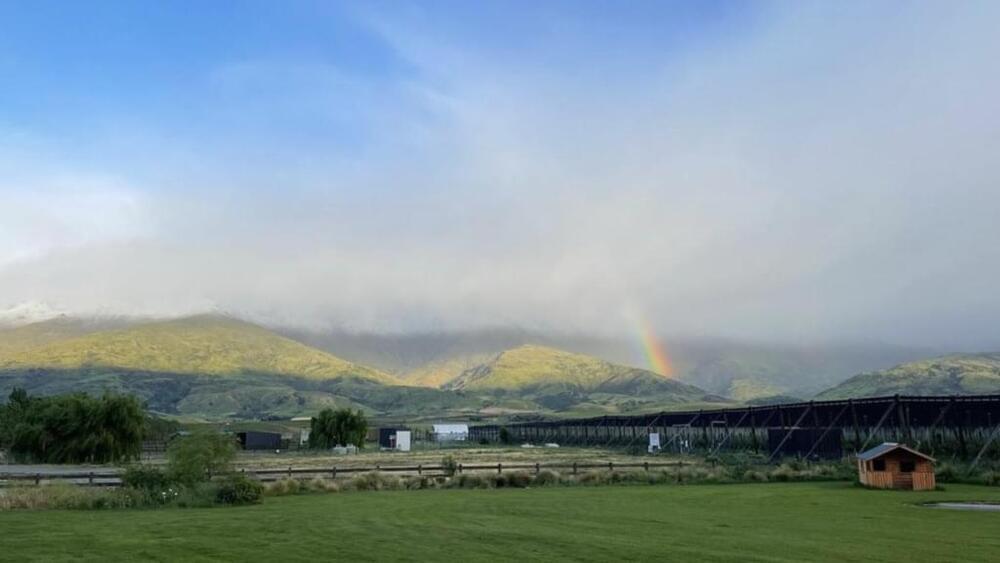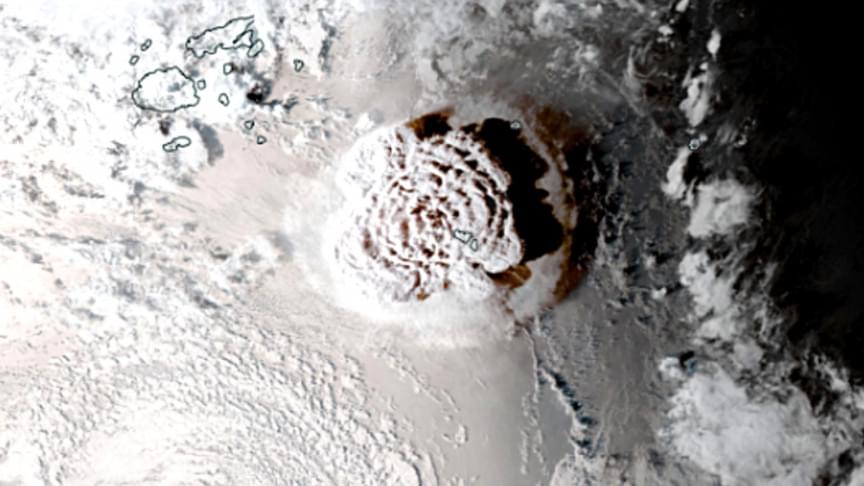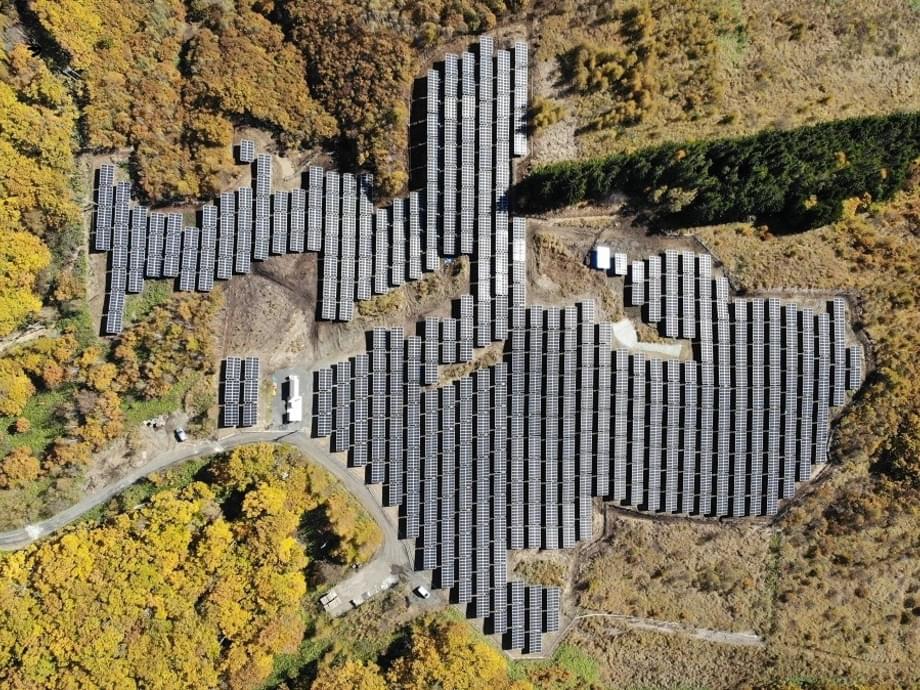It’s wild.
A global apocalypse could be closer than you think.
According to astronomers, in five billion years or so, the sun will run out of hydrogen in its core completely and expand, possibly engulfing the earth. Now that’s a bright future you don’t want. SpaceX CEO Elon Musk recently tweeted that the expansion of the Sun would result in the extinction of all life on the planet, making interplanetary living a necessity. Musk said this in response to a paper warning about mass extinction caused by human activity, arguing for the necessity of working on ways to move off-world. However, while we lack the technology to live on other worlds just yet, we may have a more immediate catastrophe at hand — climate change and global warming. a preprint that has not yet been peer-reviewed, Sohrab Rahvar, proposes using gravity assist by the asteroids to change the orbit of the Earth.








